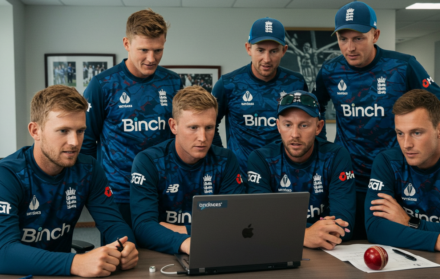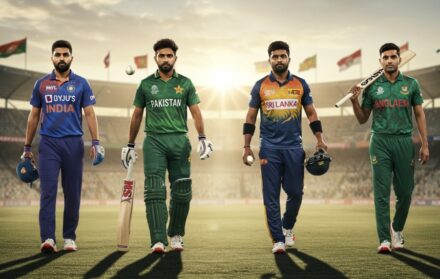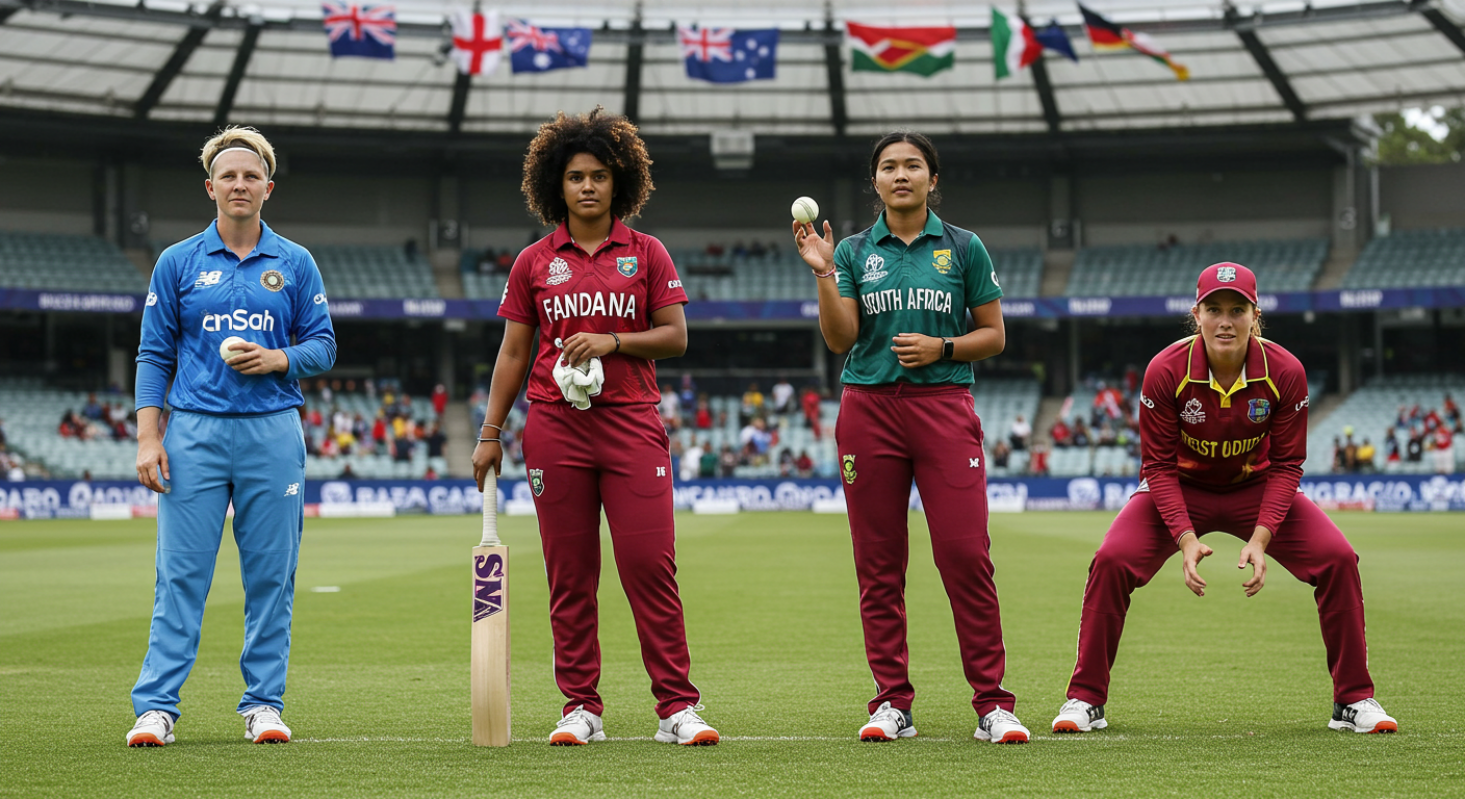
Women’s Cricket World Cup: Key Moments
The Women’s Cricket World Cup has evolved into one of the most celebrated events in the global sporting calendar. What was once a niche tournament with minimal coverage has transformed into a high-stakes spectacle that captivates millions of fans worldwide. Every edition brings with it not only elite cricketing performances but also a renewed sense of purpose, identity, and visibility for women’s sport.
From dramatic last-over thrillers to record-breaking individual efforts, the tournament has etched unforgettable moments into the collective memory of the cricketing world. Each instalment reveals new talent and rewrites what’s possible in the women’s game. It’s more than just a contest between bat and ball—it’s about representation, growth, and rewriting the status quo in global sport.
In this detailed retrospective, we’ll relive eight of the key moments from the Women’s Cricket World Cup that have helped shape the game as we know it. These events weren’t just highlights—they were catalysts. They moved the sport forward, inspired future generations, and changed the perception of what women’s cricket could be.
Whether you’re a lifelong fan or a newcomer discovering the tournament’s legacy, this journey through its defining moments is a testament to its growing impact on the global stage.
1. The Inaugural Women’s World Cup (1973): A Vision Ahead of Its Time
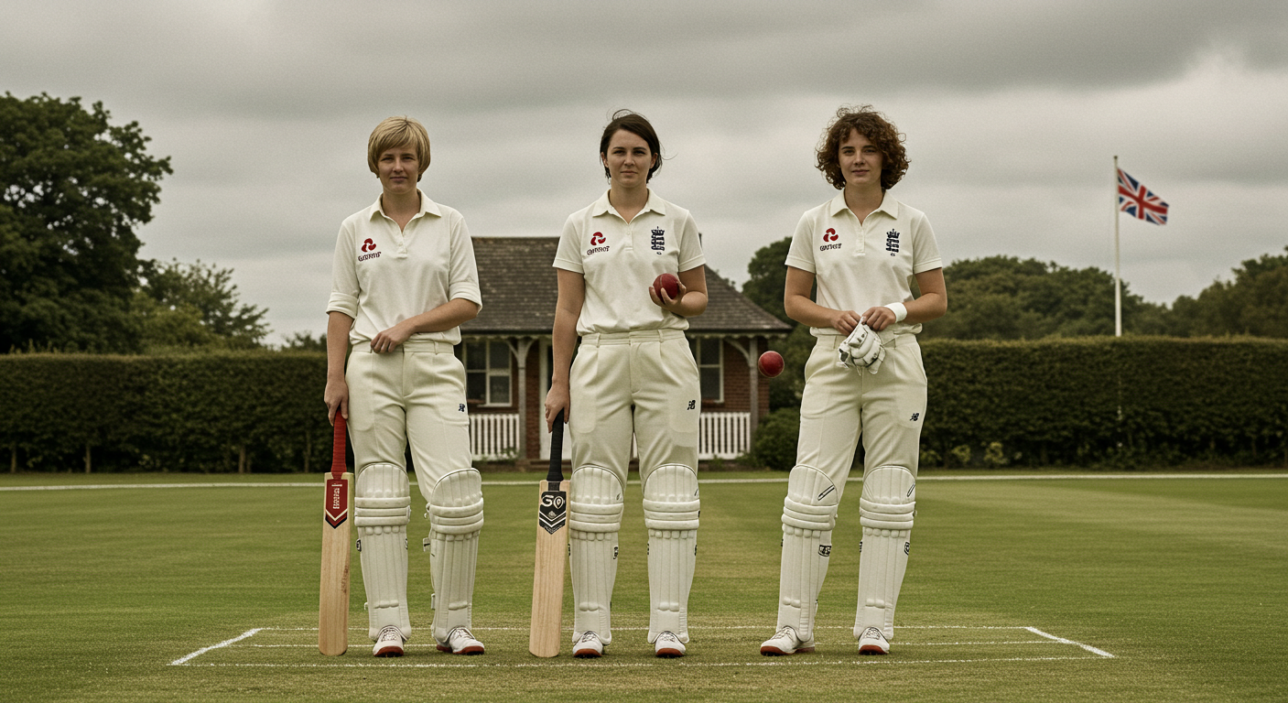
Before the men had their first official World Cup in 1975, the women got there first. In 1973, under the visionary leadership of Rachael Heyhoe Flint and with funding from businessman Jack Hayward, the inaugural Women’s Cricket World Cup was held in England. This pioneering move set the tone for what women’s cricket could achieve with the right backing and belief.
Featuring seven teams—Australia, England, Jamaica, New Zealand, Trinidad and Tobago, an International XI, and Young England—the tournament brought together talent from across the globe. England emerged victorious, beating Australia in the final at Edgbaston, with Heyhoe Flint leading by example both as captain and as a passionate advocate for women’s sport.
This event not only introduced the format to a global audience but also laid the foundation for competitive women’s cricket to flourish. It proved that women could draw crowds, perform at a high level, and build a viable international structure for the game.
Importantly, the tournament’s success also influenced the formation of domestic women’s leagues in participating countries. The 1973 edition remains a landmark moment in the sport’s history—not just for its pioneering spirit but for showing the world that women’s cricket belonged on the global stage.
In retrospect, it’s clear this first edition of the Women’s Cricket World Cup was more than symbolic. It was the start of a sporting revolution.
2. Australia’s Hat-Trick of Titles (1978–1988): Establishing Dominance
Between 1978 and 1988, the Australian women’s team carved out an era of dominance that became the gold standard for consistency in international cricket. Their hat-trick of wins in the Women’s Cricket World Cup—in India (1978), New Zealand (1982), and Australia (1988)—firmly established them as a powerhouse in the sport.
Led by legends like Sharon Tredrea, Lyn Larsen, and Denise Annetts, Australia’s approach combined tactical excellence, ruthless efficiency, and team cohesion. They weren’t just beating opponents—they were outclassing them. These victories created a culture of excellence in Australian women’s cricket that still resonates today.
What made their run even more significant was the backdrop: limited resources, sparse coverage, and the need to juggle sport with work or education. Despite these challenges, the Australian women’s team played professional-level cricket long before professionalism was the norm.
Their performances not only set benchmarks but also pressured cricket boards around the world to invest more in their women’s programmes. It also sparked wider conversations about equal access, funding, and visibility for female athletes.
Each of those three titles had defining moments, whether it was an unplayable spell from a fast bowler or a captain’s game-winning knock under pressure. But the legacy lies in what followed: more girls picking up a bat, greater media interest, and a long-term blueprint for success.
This period of dominance remains a critical chapter in the legacy of the Women’s Cricket World Cup.
3. England’s Triumph at Lord’s (1993): Cricket Comes Home
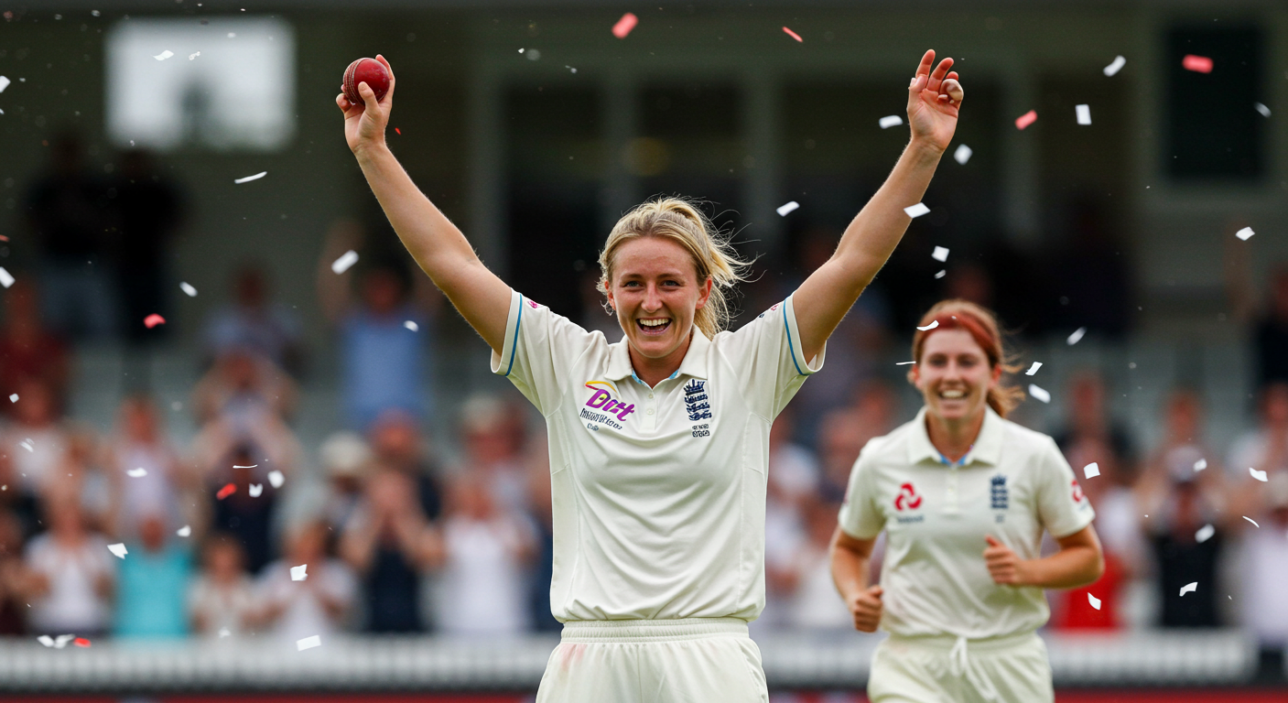
By the time England hosted the 1993 Women’s Cricket World Cup, the tournament had matured—but it had yet to secure mainstream attention. That changed dramatically with the final at Lord’s, where England defeated New Zealand by 67 runs in front of a crowd that was, at the time, the largest ever for a women’s match at the iconic ground.
The atmosphere was electric. Jan Brittin’s elegant 48 and Jo Chamberlain’s all-round performance (38 runs and 3 wickets) guided England to victory. But the result was only part of the story. What truly made this a key moment was the symbolism of Lord’s—long considered the home of cricket—finally opening its doors to women’s cricket in a meaningful way.
Coverage on the BBC brought the game into living rooms across the UK, and for many young girls watching, this was the first time they saw women treated as serious cricketers on a global stage.
The win served as a turning point for England’s women’s programme. It gave players a taste of the limelight and inspired a wave of grassroots participation. Cricket boards also began to see the commercial potential of the women’s game.
In retrospect, the 1993 edition of the Women’s Cricket World Cup wasn’t just a tournament—it was a statement that women’s cricket could thrive on cricket’s grandest stages.
4. Belinda Clark’s 229* (1997): The First Double Century in World Cup History
Few innings in cricket history have been as groundbreaking as Belinda Clark’s unbeaten 229 against Denmark in the 1997 Women’s Cricket World Cup. At a time when few people even knew a women’s World Cup was being played in India, Clark rewrote the record books with the first-ever double century in a World Cup match—male or female.
Her knock came off just 155 balls and featured 22 fours and one six. The sheer scale of dominance was staggering. Denmark were bowled out for 49, and Australia won by a record margin of 369 runs. But beyond the numbers, Clark’s innings symbolised something greater: that women’s cricket wasn’t just catching up—it was breaking new ground.
This innings shattered perceptions about the women’s game being low-scoring or less aggressive. It was a display of authority, precision, and stamina. Clark’s performance remains one of the most iconic moments not just in women’s cricket, but in World Cup history full stop.
Her record stood for over 20 years and elevated the status of both the player and the tournament. Media outlets around the world began to take notice, and young players now had a new benchmark to chase.
Belinda Clark’s 229* wasn’t just a personal milestone—it was a defining moment in the evolution of the Women’s Cricket World Cup.
5. India’s Run to the Final (2017): A Nation Wakes Up
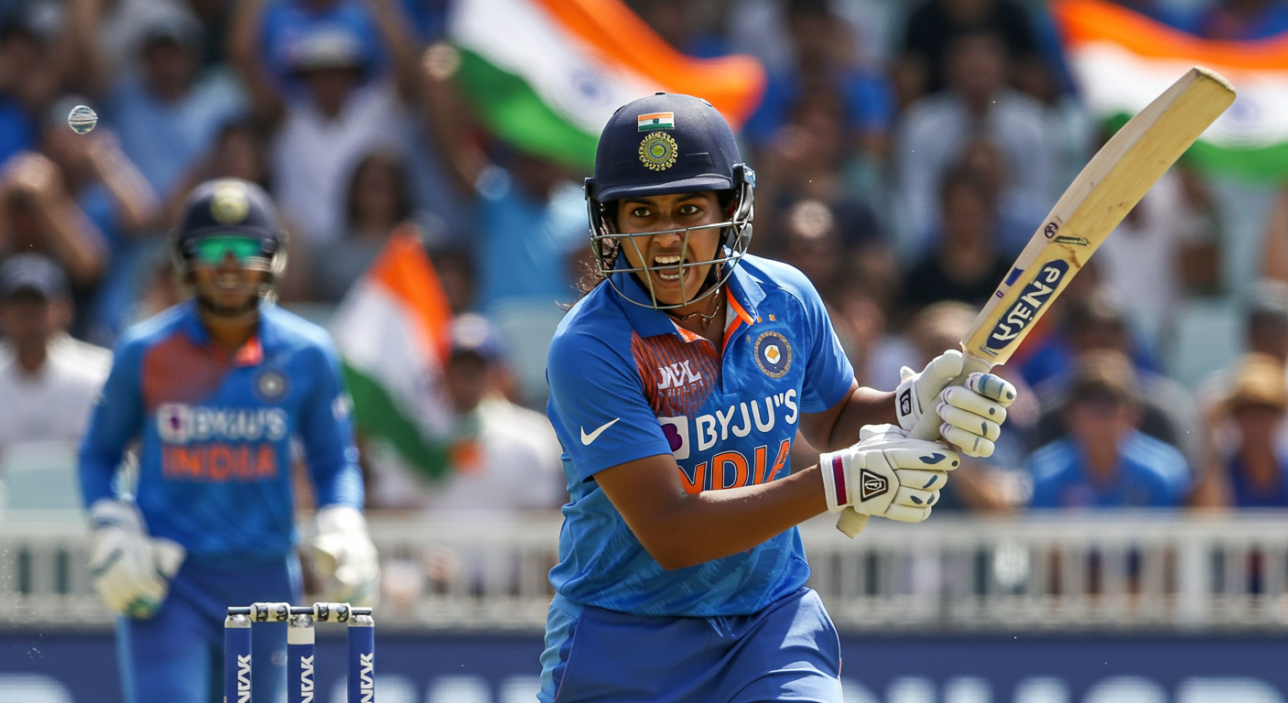
For years, women’s cricket in India lived in the shadow of its blockbuster men’s counterpart. That changed during the 2017 Women’s Cricket World Cup, when Mithali Raj’s side tore through expectations and powered their way into the final at Lord’s. What followed was more than a cricket story—it was a cultural reset.
Harmanpreet Kaur’s outrageous 171* in the semi-final against Australia felt like a personal rebellion against obscurity. Her bat spoke for every underfunded, under-recognised cricketer who’d been grinding for years. The innings was ferocious, technically sublime, and broadcast to millions back home. Suddenly, India cared.
They fell agonisingly short in the final against England, losing by just nine runs. But the result barely mattered. The match was watched by over 180 million people worldwide. For once, India’s daughters were front-page news—not as novelty acts, but as national heroes. Endorsements followed. So did central contracts, stadium crowds, and serious investment.
The 2017 tournament didn’t just grow the game in India—it shifted the tectonic plates of the Women’s Cricket World Cup itself. With India engaged, the tournament’s future felt bigger, bolder, and unstoppable.
6. England’s Nail-Biting Victory (2017 Final): A Legacy Sealed in Nine Runs
You could feel it in the air at Lord’s that July afternoon. The stands were packed, the sun was stubbornly out, and the cricketing gods were clearly in the mood for theatre. The 2017 final between England and India was one of those rare matches that had everything—high stakes, shifting momentum, and a finish that left you blinking in disbelief.
India looked poised to win their first title. Then came Anya Shrubsole. In a spell that now lives in cricketing folklore, she tore through India’s lower order and claimed six wickets, dragging England back from the brink. When the final wicket fell with India needing just 11 more runs, the roar inside Lord’s was thunderous.
But this wasn’t just about a trophy. It was about validation—for the players, the fans, and the sport itself. England’s fourth World Cup title arrived at the perfect time, just as global interest in women’s cricket was accelerating. The match was a global trending topic. Sky-high viewership numbers forced broadcasters and sponsors to reconsider their priorities.
Most of all, it was a reminder that the Women’s Cricket World Cup could serve up drama every bit as intense, technical, and heart-stopping as anything the men’s game had ever offered.
7. New Zealand Hosts in Style (2000): The Forgotten Thriller That Changed Standards
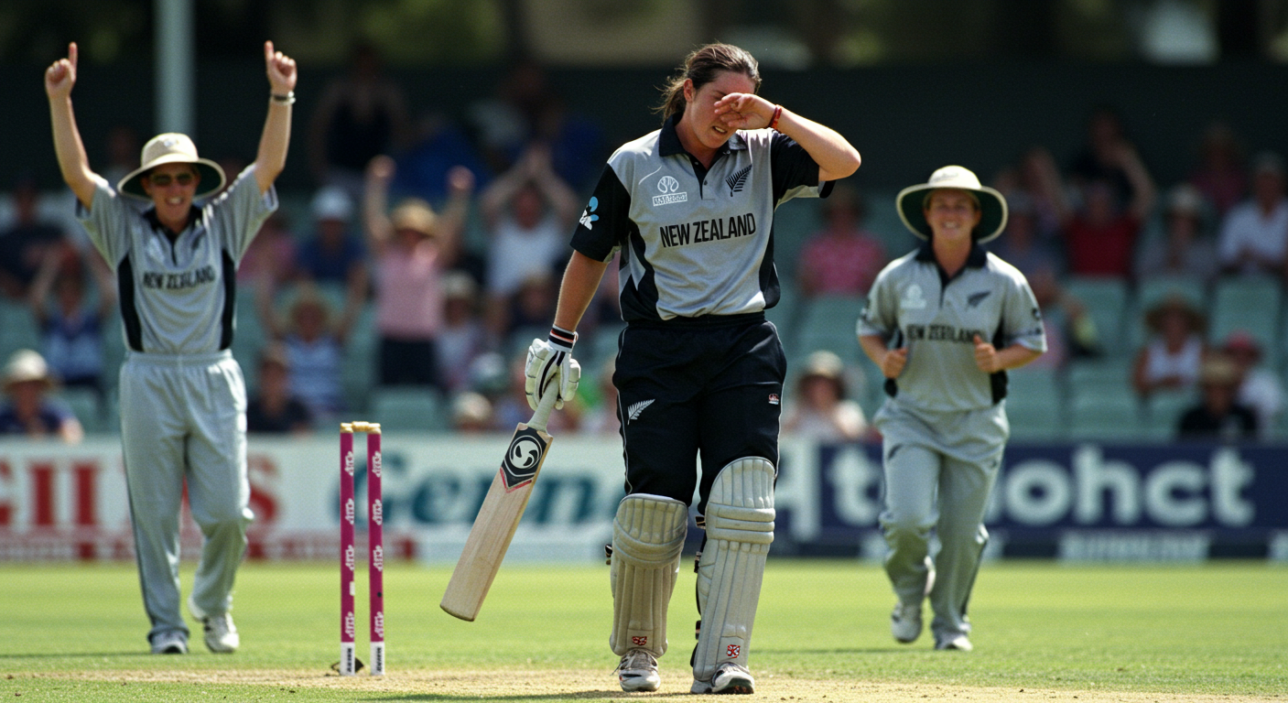
It wasn’t the loudest edition. It didn’t have the glamour of modern broadcasting or the commercial polish of recent tournaments. But the 2000 Women’s Cricket World Cup, hosted by New Zealand, deserves far more credit than it usually gets. It was the moment the cricket itself became impossible to ignore.
The final between New Zealand and Australia in Lincoln was a tense, low-scoring affair that gripped anyone lucky enough to be watching. New Zealand defended a modest 184 in front of a home crowd, winning by just four runs. Kathryn Ramel and Clare Nicholson’s death-over mastery showed that tactical, grinding, hold-your-nerve cricket belonged just as much in the women’s game.
This tournament didn’t spark global headlines, but it did quietly raise the bar. The fielding standards were sharper. The competition was tighter. The gap between the top teams was shrinking.
More importantly, the 2000 edition marked the final World Cup before the ICC’s formal involvement in the women’s game. The performances on the pitch helped make the case for why investment, structure, and legitimacy were urgently needed. It wasn’t a flashy tournament. But it was the one that told decision-makers: this game is worth backing.
In hindsight, the 2000 Women’s Cricket World Cup was the quiet engine of the revolution that followed.
8. Australia’s 2022 Domination: The Gold Standard Reimagined
There was no chaos. No flukes. Just perfection. If the 2022 Women’s Cricket World Cup in New Zealand proved anything, it’s that Australia’s women’s team had elevated cricket to an entirely different plane.
They didn’t just win the tournament—they crushed it. Meg Lanning’s side won every match. Alyssa Healy’s 170 in the final against England was one of the greatest innings in the history of the game, full stop. It wasn’t just about runs; it was about stage presence. Every stroke was calculated theatre.
What made 2022 special was the sheer completeness of Australia’s campaign. Ellyse Perry was quietly dominant. Rachael Haynes was clinical. The bowlers worked like clockwork. Fielding? Impeccable. Their preparation, mindset, and unity set a benchmark that every other nation now chases.
But the tournament also reflected how far the women’s game had come. There were packed stands, lively online debate, and comprehensive global coverage. For the first time, people weren’t just watching the tournament—they were analysing it.
This was the tournament where no one asked,
“Is women’s cricket good enough?”
anymore. Australia had answered that. Definitively. And in doing so, they raised the expectations for every future Women’s Cricket World Cup to follow.
Women’s Cricket World Cup: Why These Key Moments Still Matter in 2025

Look back through the lens of time, and the Women’s Cricket World Cup becomes more than a sporting timeline—it’s a record of revolution. Each moment highlighted above wasn’t just a scorecard entry or a medal ceremony. It was a pivot point in how the world perceives women’s cricket.
From England’s early ambition in 1973 to India’s cultural breakthrough in 2017, and Australia’s flawless dominance in 2022, these moments shifted boundaries. They’ve inspired reforms, investment, and an entirely new generation of players who now believe there is a path forward—and one worth fighting for.
As we move further into 2025 and beyond, women’s cricket no longer feels like a growing side project. It is the project. Its athletes are icons. Its matches, headline fixtures. Its stakes? As high as they come.
So when the next edition rolls around, and a young fan somewhere watches their hero hit a cover drive for four, remember: it’s built on these moments. That’s why the Women’s Cricket World Cup isn’t just relevant—it’s vital to the story of modern sport.


